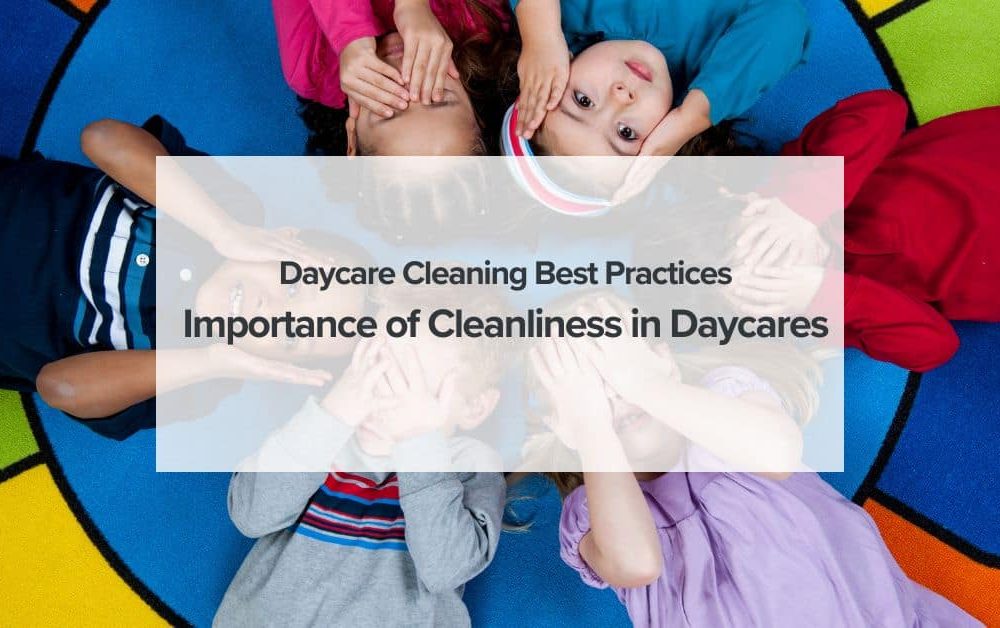Daycare Cleaning Best Practices: Importance of Cleanliness in Daycares
The Impact on Children's Health
Reducing the Risk of Germs and Illnesses
Maintaining cleanliness in daycares significantly reduces the risk of germs and illnesses. Children, especially those in their early years, are more vulnerable to infections. Here’s how cleanliness contributes to their health:
- Regular cleaning and disinfection of toys and surfaces prevent the spread of common viruses and bacteria.
- Proper handwashing practices instill good hygiene habits in children, reducing the chances of illnesses like the common cold or flu.
A Clean Daycare for Well-being
A clean daycare environment contributes to the overall well-being of the children:
- Children in clean and organized surroundings are less likely to be exposed to hazards or accidents.
- A well-maintained space reduces stress and anxiety among both children and caregivers.
Creating a Positive Impression
Parental Perception and Commitment to Quality Care
The cleanliness of a daycare facility can significantly impact parents’ perceptions:
- Parents are more likely to trust and choose daycare centers that prioritize cleanliness.
- A clean daycare reflects a commitment to quality care, enhancing the reputation of the facility.
Tips for Creating a Clean and Safe Daycare
Ensuring a clean daycare isn’t just about cleaning up messes; it’s about adopting best practices:
- Regularly sanitize high-touch surfaces, such as doorknobs, light switches, and play equipment.
- Implement a daily cleaning schedule that includes disinfecting toys and learning materials.
- Train staff in proper handwashing techniques and hygiene protocols.
- Encourage children to practice good hygiene, like washing hands before meals and after using the restroom.
- Maintain a well-ventilated environment to improve air quality within the facility.
For comprehensive guidelines on maintaining a clean and safe daycare environment, refer to the CDC’s Childcare and School Guidance.
Conclusion
Prioritizing Cleanliness for Children's Well-being
In the world of daycare, cleanliness is far more than just aesthetics. It’s about safeguarding the health and happiness of children. As daycare providers, it’s our responsibility to ensure that the spaces where children learn and play are clean, safe, and conducive to their growth. By prioritizing cleanliness, we not only reduce the risk of illnesses but also create an environment where children can thrive. So, let’s continue to keep our daycares clean, nurturing, and filled with smiles.

